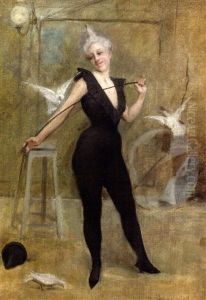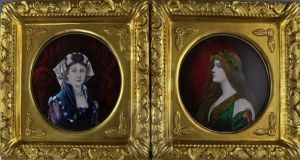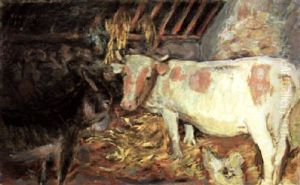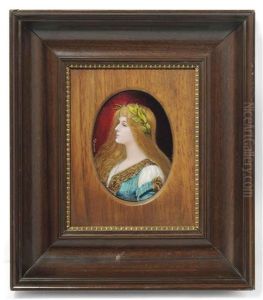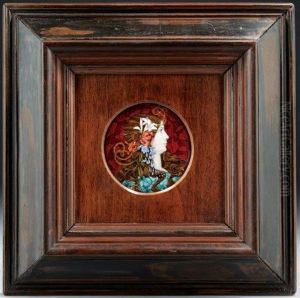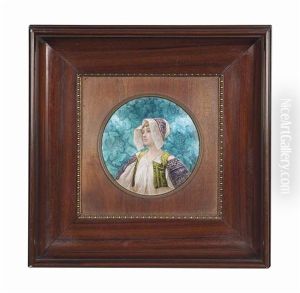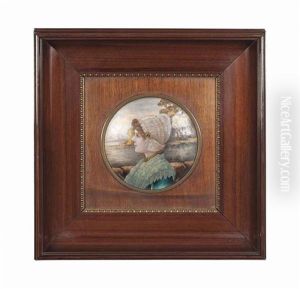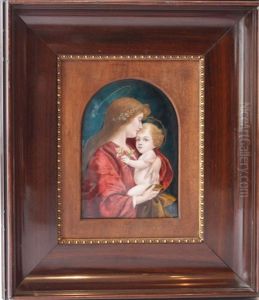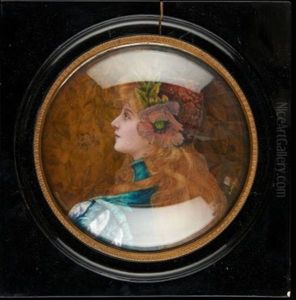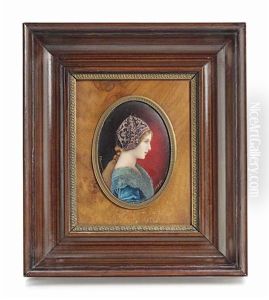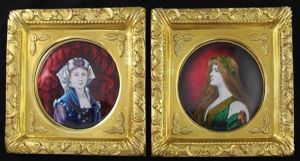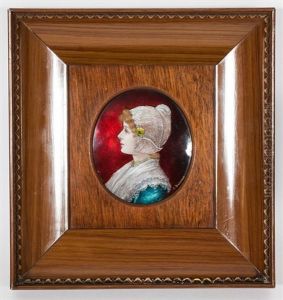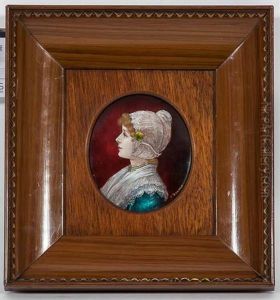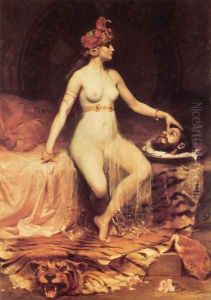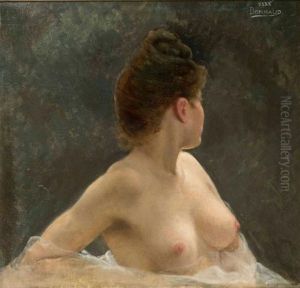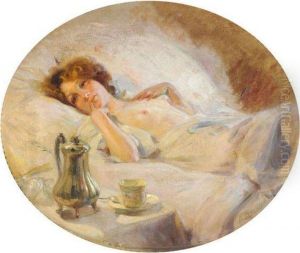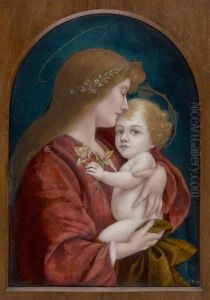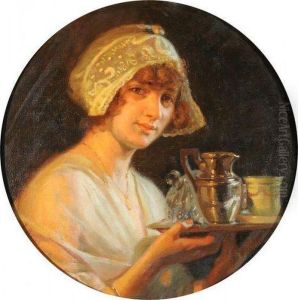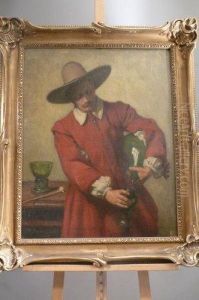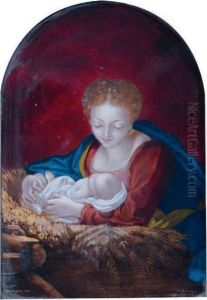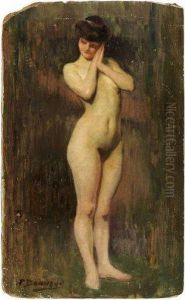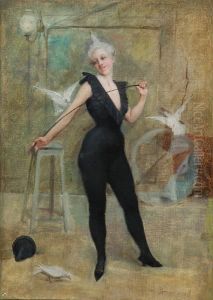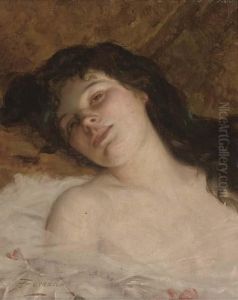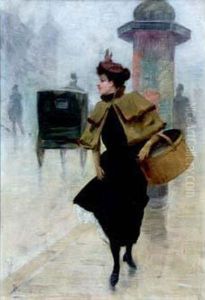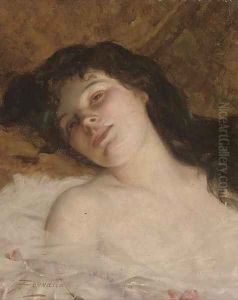Pierre Bonnaud Paintings
Pierre Bonnaud was a French painter born on July 13, 1865, in Vichy, France. He was part of the post-impressionist movement and was known for his landscapes, still lifes, and portraits. His work often depicted the rural French countryside and was noted for its vivid color and expressive brushwork.
Bonnaud received his formal art education at the École des Beaux-Arts in Paris, where he studied under influential instructors such as Léon Bonnat and Gustave Moreau. Despite this academic training, Bonnaud was drawn to the more avant-garde approaches of the post-impressionists and was particularly influenced by the works of Paul Cézanne and Vincent van Gogh.
Throughout his career, Bonnaud exhibited his work in various salons and galleries, gaining a modest level of recognition and success. He was associated with the Société des Artistes Indépendants and the Salon d'Automne, which were key platforms for artists who sought to break away from the traditional salon system and the conservative tastes that dominated the French art world at the time.
Bonnaud's style evolved over the years, but he remained committed to exploring the interplay of light and color in his representations of the natural world. His work is characterized by a sense of solidity and structure, a legacy of Cézanne's influence, as well as a vibrant palette that imbued his subjects with a certain liveliness and immediacy.
Tragically, Pierre Bonnaud's life and artistic career were cut short when he died in Neuilly-sur-Seine, France, on December 17, 1930. Despite not achieving the same level of fame as some of his contemporaries, his contributions to the post-impressionist movement have been recognized posthumously, and his work is appreciated for its unique blend of traditional craftsmanship and modernist sensibilities.
